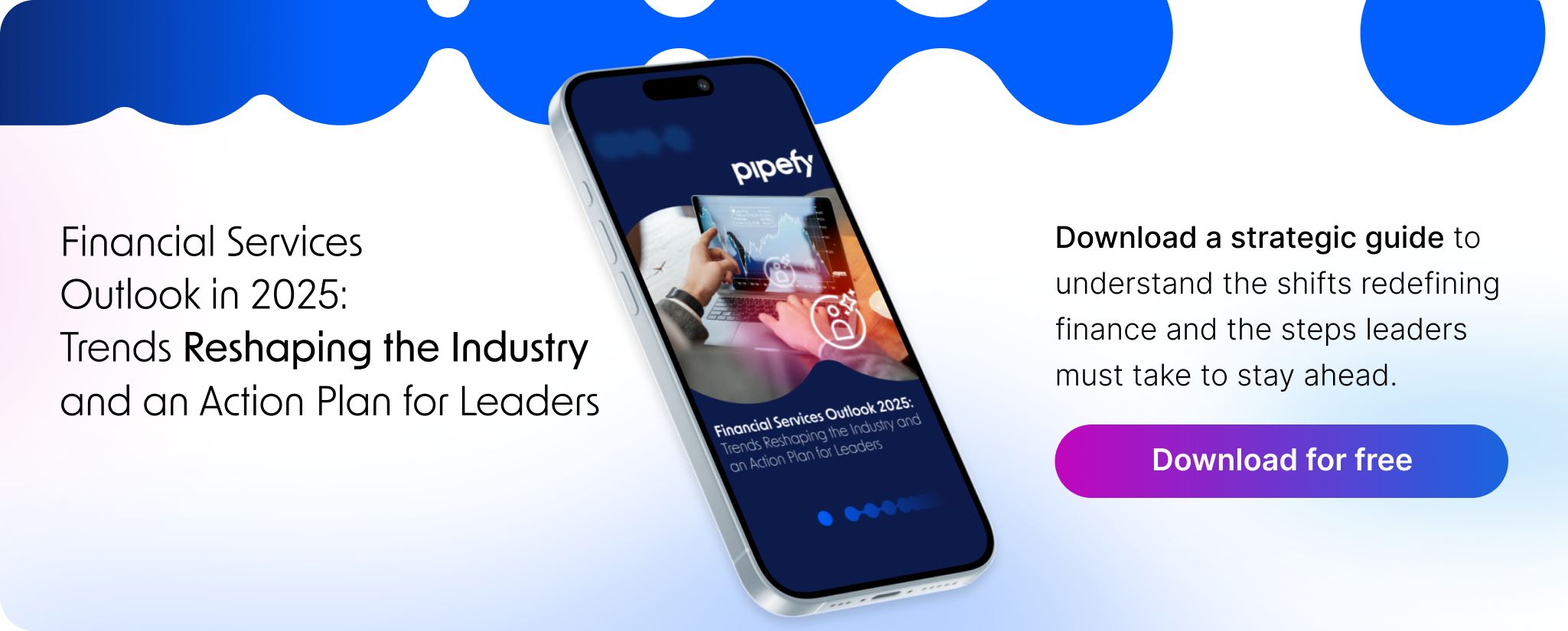
Optimizing service workflows has become a must for companies aiming to boost speed, integration, and operational efficiency. Manually managing processes no longer keeps up with today’s business demands—and that’s where AI-powered solutions step into the spotlight. Let’s dive deeper into how integrated service management can help your company grow.
Service Management Is Evolving—Is Your Operation Keeping Up?
For a long time, traditional methods for organizing processes seemed good enough. But as demands grew and workflows became more complex, the pressure for faster responses brought a new challenge: how do you maintain efficiency without slowing down growth?
Relying on manual controls or limited tools today can lead to:
- Lack of real-time visibility
- More rework and human error
- Difficulty meeting SLAs consistently
- Weak collaboration across departments
These roadblocks directly affect productivity and customer experience. If your company wants to move faster, reduce risks, and scale safely, it’s time for a smarter, more connected approach—and AI sits at the core of this transformation.
From Spreadsheets to Smart Workflows Powered by AI
AI-enhanced workflows with BPA do far more than speed up tasks. They connect data, coordinate steps, and bring decision-making intelligence into your daily operations.
Unlike static, manual processes, intelligent workflows work in dynamic loops: they collect data, interpret context, and adapt service flows based on what your business really needs.
This means faster decisions, less need for human intervention, and more time for innovation.
Here’s a practical comparison:
| Feature | Traditional Manual Management | AI-Powered Automation |
|---|---|---|
| Execution | Manual and fragmented | Automated and coordinated |
| Visibility | Low and outdated | Real-time updates |
| SLA Management | Hard to track or nonexistent | Continuous AI monitoring |
| Scalability | Limited | Built for growth |
| Intelligence | None | Data-driven insights |
Tools like Pipefy let you map, automate, and scale workflows with ease—using no-code features that empower teams to build without developers.
In this context, AI Agents become powerful allies—digital assistants that monitor data, flag risks, and act directly to keep operations flowing smoothly.
How AI Helps You Meet SLAs and Boost Operational Efficiency
UOne of the biggest advantages of AI-driven service management is SLA performance. With digital agents tracking deadlines, flagging issues, and preventing bottlenecks, your service levels stay consistent—even in complex environments.
AI-based operations automation transforms efficiency from the ground up. Key benefits include:
- Automatic prioritization of critical tasks
- Real-time deadline tracking with proactive alerts
- Instant bottleneck detection
- Conditional approval processes
- Seamless integration across departments like IT, HR, Legal, and Finance
Another major plus: AI can automatically generate performance reports. This gives managers continuous access to SLA metrics, delivery quality, service capacity, and improvement areas—no manual data crunching required.
This combination of speed, control, and intelligence builds more resilient operations, ready to adapt to new market demands and business models.
Real-World Use Cases: How AI Is Powering Service Management Across Teams
Here’s how intelligent service management is already reshaping how teams work:
- HR: Automating employee onboarding with smart workflows that handle document submission, access provisioning, and team integration seamlessly.
- Finance: Speeding up payment approvals by auto-validating documents, detecting inconsistencies in real time, and flagging financial risks.
- Sales: Optimize lead qualification, follow-ups, and sales workflows with automated steps to accelerate deal velocity.
- Customer Support: Using smart bots connected to legacy systems to resolve tickets faster and personalize responses based on past interactions.
- IT: Managing incidents with automated triage, smart ticket routing, and prioritization based on business impact.
These examples show how adopting intelligent workflows and AI Agents doesn’t just improve internal processes—it enhances the experience for employees, clients, and business partners alike.
Put simply, AI-powered service automation accelerates delivery, reduces errors, and creates smoother journeys for everyone involved.
How to Start Optimizing Service Workflows with AI—Scalably
Bringing AI into service management doesn’t require an overhaul. Start small with high-volume or high-impact processes, and scale gradually. This ensures consistent performance and stability as you grow.
Here’s a simple roadmap to get started:
- Identify manual processes causing frequent slowdowns or handling large volumes.
- Implement smart workflows using a no-code platform like Pipefy—set up in hours, not months.
- Begin with basic automation like standard approvals, deadline reminders, or request routing.
- Add AI Agents to automate triage, analyze context, and make data-driven decisions.
- Track SLA metrics and performance indicators, tweaking as you go to maximize value.
Starting small lets you prove value early, build team confidence, and expand your AI strategy with solid momentum.
With BPA (Business Process Automation) and AI working together, it’s entirely possible to transform service operations—ditching spreadsheets and manual forms for good.
Curious? Explore more in our article: Form Automation: Time to Move Past Spreadsheets.
The Future of Service Management: Smarter, More Autonomous, More Connected
When intelligent workflows and AI Agents work in sync, service management evolves from reactive and manual to strategic, agile, and aligned with real-time business needs.
Advanced automation is already shaping the next generation of service operations. Soon, digital agents will:
- Analyze requests in real time
- Instantly verify policy compliance
- Identify the best provider or solution path
- Trigger approvals and actions without human input
Companies investing in AI-enhanced service management are already seeing the payoff: faster operations, fewer errors, stronger cross-team collaboration, and better experiences for both customers and staff.
With intelligent workflows and digital agents working in harmony, operations become more autonomous, scalable, and aligned with the pace of innovation.
Want to see how AI can transform your team’s service management in real life?
Book a personalized demo of Pipefy and explore the possibilities.










